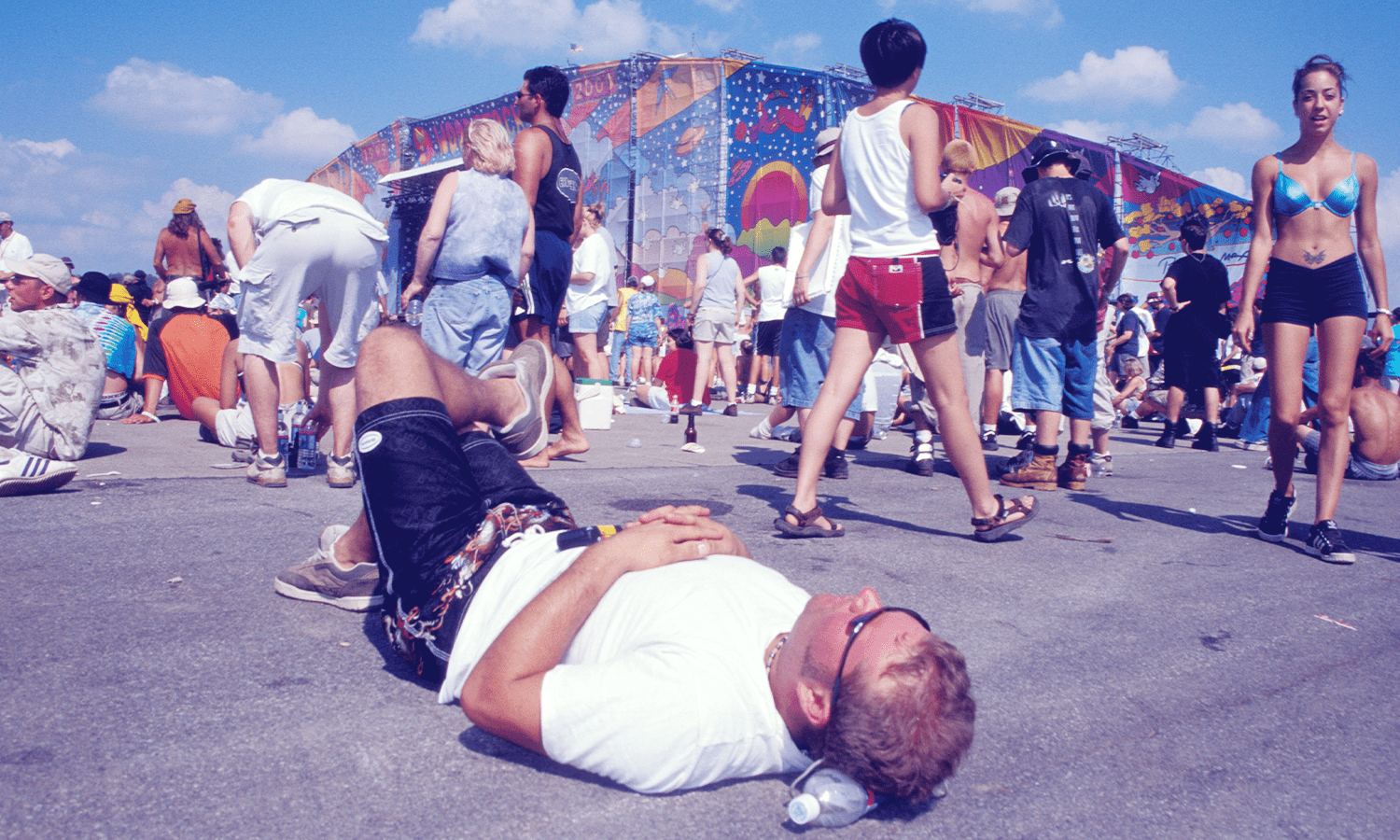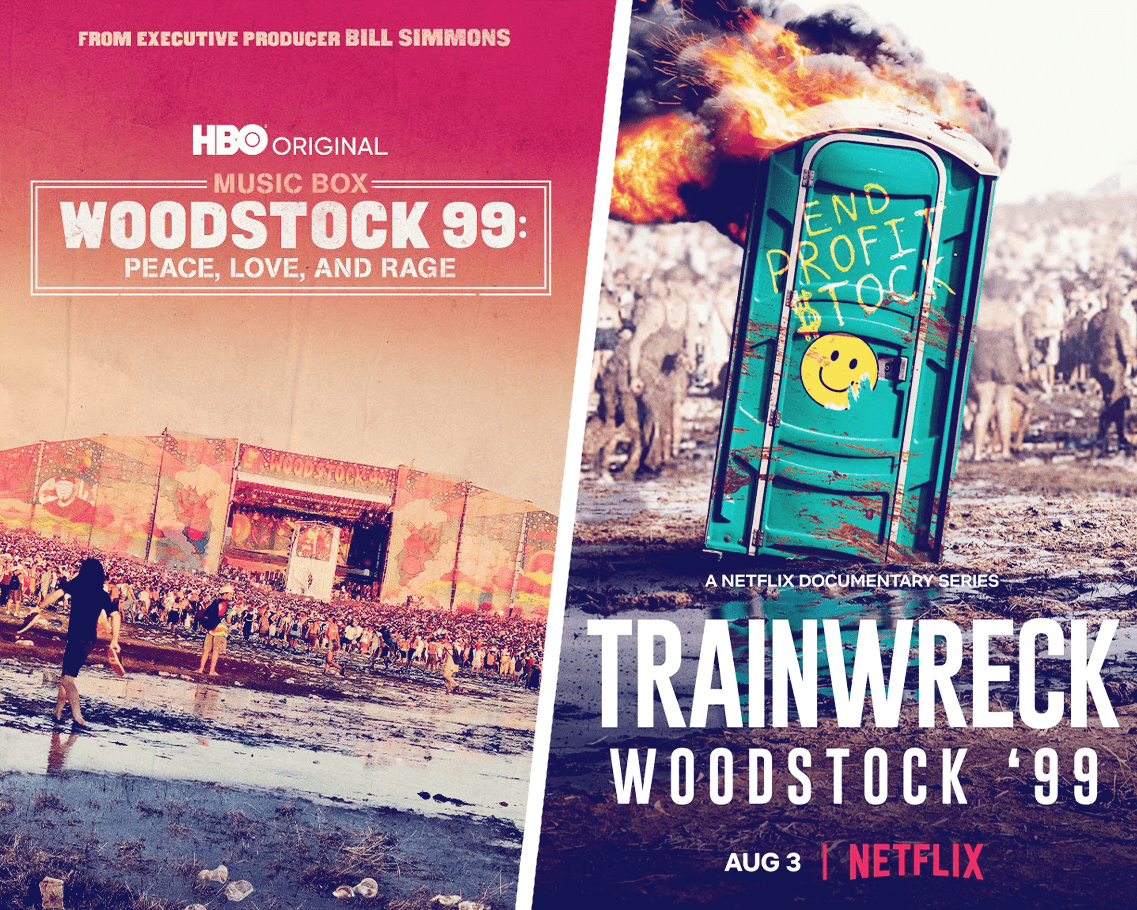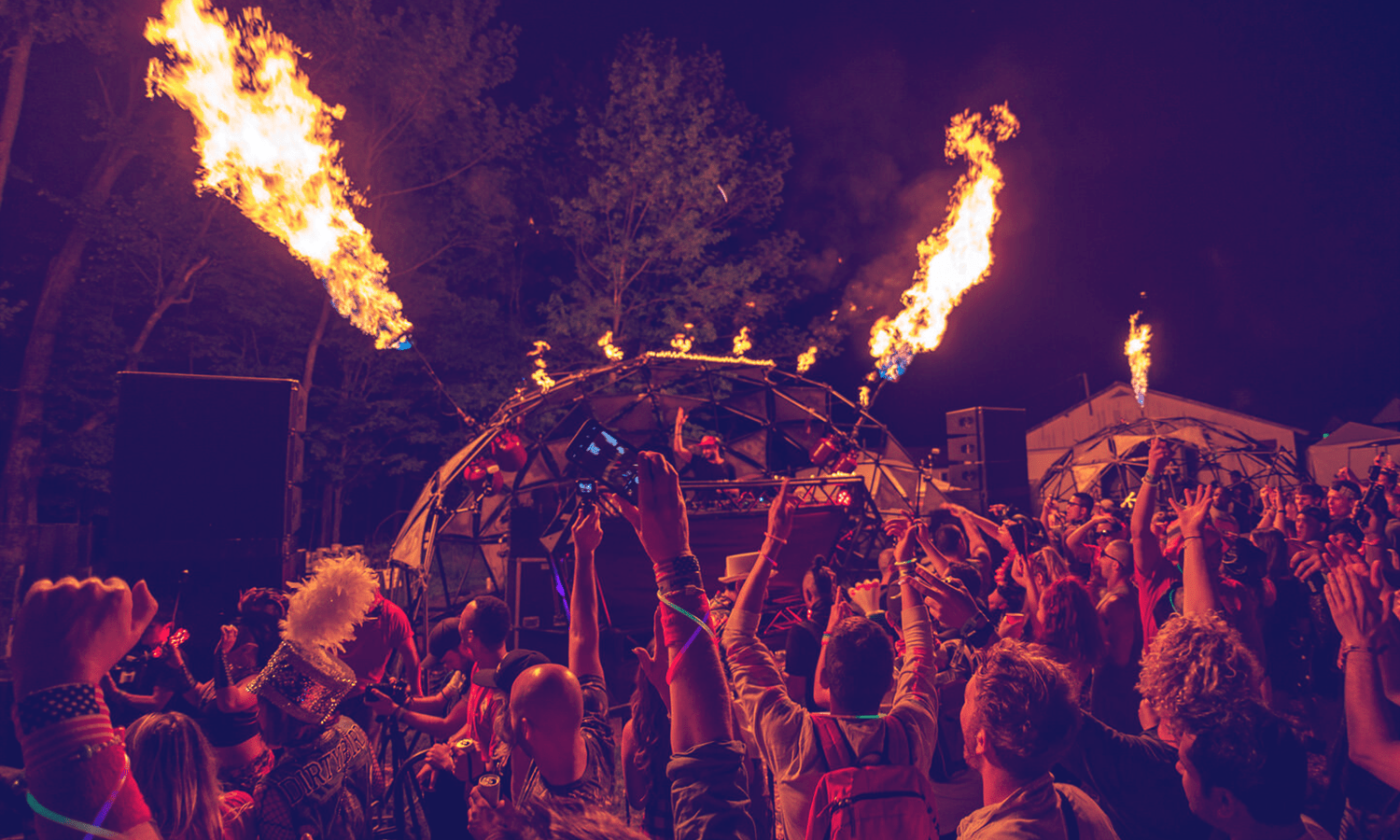9 of the worst music festival fails (and what experiential pros can learn from them)

Music festival tickets are expensive. It’s rare to find general admission tickets for less than $100, and those don’t come with much more than entry inside. Only when you purchase a VIP, platinum, or insert-elite-ticket-name-here pass for three to four times as much will you experience any type of perk. With high prices everywhere guests turn, the cost of admission should at least cover their safety. Festival attendees expect producers and sponsors to take care of them throughout the experience. This can be as simple as access to food, clean drinking water and clean(ish) bathrooms (we’ve all been to a porta-potty, we get it). But it’s also as complicated as protecting them from dangerous weather, riots, crowd surges and equipment failures. Of course, events are unpredictable, and accidents can happen anywhere at any time. However, with the benefit of hindsight, we can pinpoint exactly where things went wrong during past festival disasters. From producers who thought they could outsmart Mother Nature to those who were just in it for the money, here are nine of the worst festival disasters in recent memory… and what experiential professionals like you can learn from their mistakes. 1) The Erie Canal Soda Pop Festival:...

